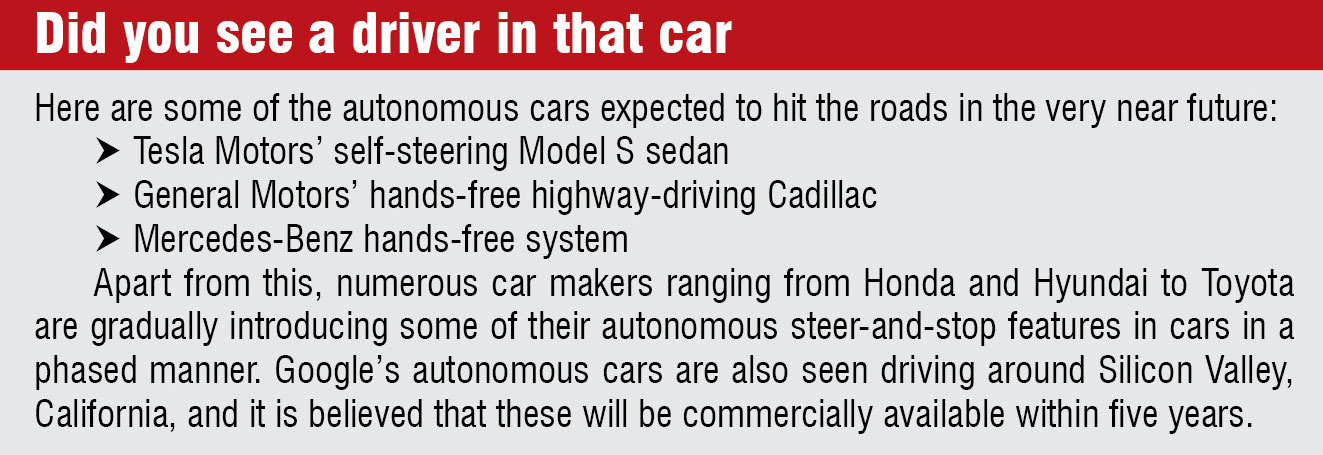What makes us think so? Strati, the co-created car that was being printed at the motor show, is a two-seater that can go up to 40km per hour and is meant for local usage. It takes about 44 hours to digitally print the car as of now, but the company expects that by the end of the year, they will be able to do it in 24 hours, gradually taking it down to 10 hours to 12 hours. The frame and panels of the car are printed using carbon-fibre-infused plastic. It comprises 200+ layers and weighs approximately 800kg. And all this is done using a machine that can comfortably sit in your garage.
The company believes that the car would last five to six years if parked outside, exposed to the weather, and much longer if parked safely in a garage. It is fully-recyclable. So, when it is time for a change, you can salvage the recyclable material and sell it to the company. Local Motors has already opened bookings for the car, which is expected to be available this year.
Quick to follow was Chinese company Sanya Si Hai 3D Technology Ltd, that also 3D printed a 500kg car in March this year. Dubbed Shuya and later called Tyrant Gold, this car was printed with a composite material in around five days. Although the car took much longer to print, its electric motor is capable of achieving the 40km per hour speed of Strati.
Robot city to test driverless cars
Our stories this month might seem to be aimed at convincing you of the possibility of seeing driverless cars on our roads a decade down the line, but we can surely not convince you enough to let driverless cars be tested on the roads in the near future. Just recently, an investigation by Associated Press revealed that four of the 48 self-driving cars on California’s roads have been involved in four accidents since September 2014.
Foreseeing this danger, University of Michigan has set up M City, a US$ 6.5 million, 23-acre, driverless mini metropolis. The city, set to open in July, has 40 building facades, angled intersections, a traffic circle, a bridge, a tunnel, gravel roads, obstructed views and even a four-lane highway with entrance and exit ramps. It tries to emulate real-life chaos as well. It is possible to reroute traffic, change signal durations and alter road layouts and building facades.
Bad weather, traffic jams, people jaywalking, moms pushing strollers and senior citizens crossing the roads are all a common sight at M City. Fortunately, these are just mechatronic pedestrians testing the sensors and automatic brakes of autonomous vehicles. Self-driving cars being tested there can sense each other, the environment and so on, to ease congestion and improve road safety.
Car pooling in driverless cars, inter-car communications to optimise routes and pick-ups, etc can all be tested to help taxi operators improve the efficiency of operations. It is no wonder industry majors from Ford and Toyota to General Motors are eagerly awaiting the facility’s inauguration.
Taking care of every small detail
No road is 100 per cent safe to drive on. There are invariably some blind spots, which sometimes lead to accidents. In a quest to avoid this, Jaguar Land Rover is developing a smartwindscreen that uses two technologies, which they call transparent pillars and follow-me ghost cars.
Based on the understanding that the pillars supporting the roof of the car obstruct the driver’s view, the company is developing transparent pillars. This would be achieved by embedding screens on the insides of the pillars to relay a live video feed from cameras covering various blind spots around the car. Their futuristic heads-up display technology will add to this unobstructed view, by providing information to keep the driver’s full attention on the road. For example, the movement of others on the road could be highlighted with an onscreen halo moving across the car’s virtual windscreen.
Further to these navigation aids, a ghost car could be projected in front of the car for the driver to follow, in case of difficulty in navigating through busy urban roads.
These concepts are part of a suite of connected technologies being developed by Jaguar Land Rover to improve road safety. According to the company’s press reports, the full potential of this windscreen would be delivered by connecting it to the cloud.

More power to electric vehicles
While smartness is one of the dominant quests in the automotive industry, the other is the quest for efficient electric vehicles that could reduce environmental hazards of the ever-increasing number of vehicles plying on roads today. Understandably, several research initiatives are targeted at this.




